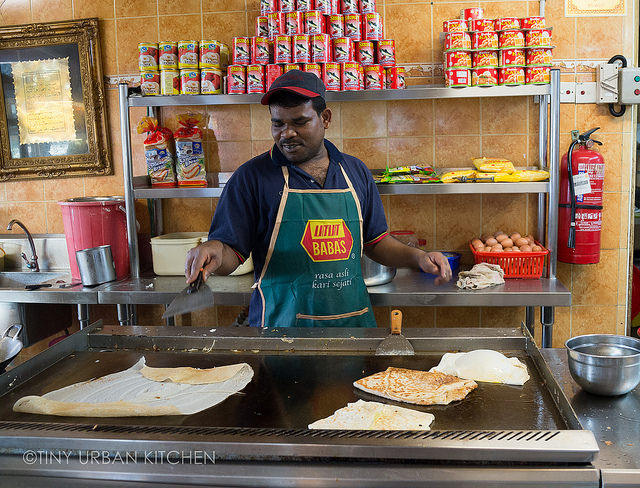
This is the twelfth post in the Malaysia and Singapore! series. Other posts in this series include Lot 10 Hutong - Kuala Lumpur's Most Famous Hawker Stalls Under One Roof, LaZat Malaysian Home Cooking, Otak, Otak Fish Dumplings in Banana Leaf, Little Penang Cafe + Visiting the Petronas Twin Towers, Roti Jala - Malaysian Lacy Pancake, Nonya Malaysian Chicken Curry. Bijan, Onde Onde, Jalan Alor -Kuala Lumpur's Most Famous Food Street, and Walking Food Tour of Kuala Lumpur.

Our tour guide's name was Amos, the owner of the company and the one who personally runs all the tours. He limits his tours to only 4 people, which makes the whole experience much more manageable, intimate, and fun. This tour had three people, a couple from Europe and myself, with Amos as our tour guide. We got up bright and early (hotel pick up at 6:10AM!) and drove about an hour and half out towards the edge of the rainforests. Our first stop: a local mamak that Amos highly recommended.
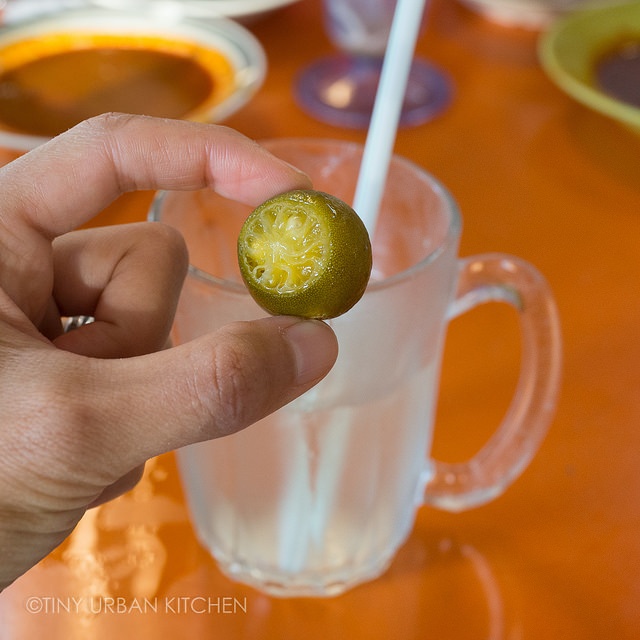
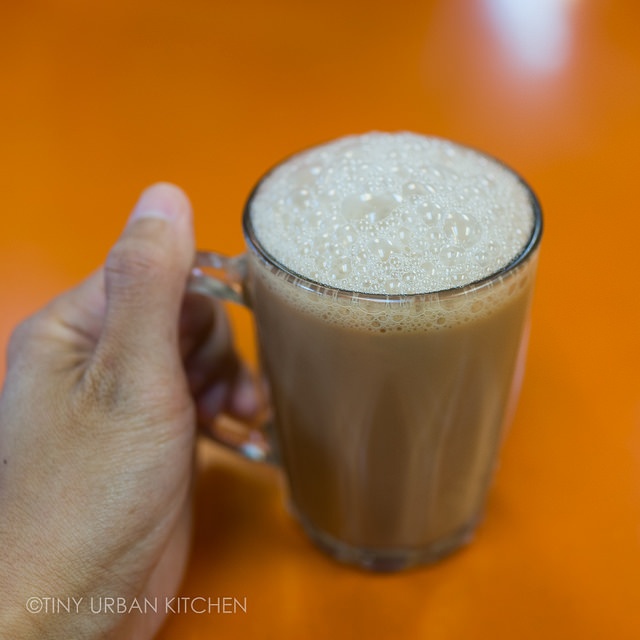
All food was part of the tour, so we just ordered whatever we wanted. I got two drinks: a warm milk tea and a refreshing tart drink made out of a small, slightly bitter and sour lime-like fruit called calamansi or limau kasturi.
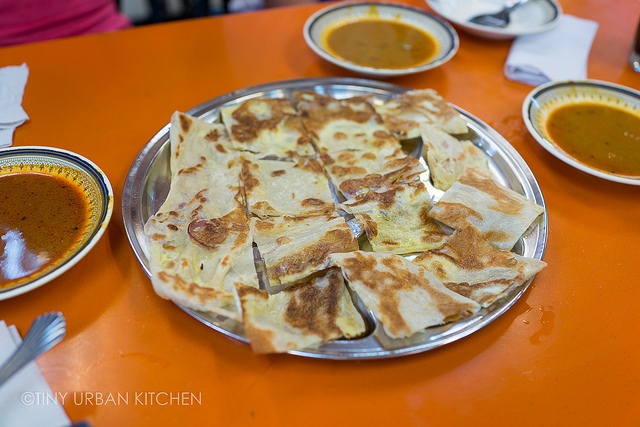
For breakfast, Amos just ordered us a bunch of different types of roti canai to share. Roti Canai is a stretchy, flat bread that is a signature dish of mamaks. They can be enjoyed either savory or sweet, similar to a European crepe. The one pictured above is filled with eggs, banana, and kaya, a pandan flavored spread. Even though I'm not a banana fan, I thought this filled roti was fantastic. I loved the slightly crispy texture of the edge and the warm, sweet filling on the inside.
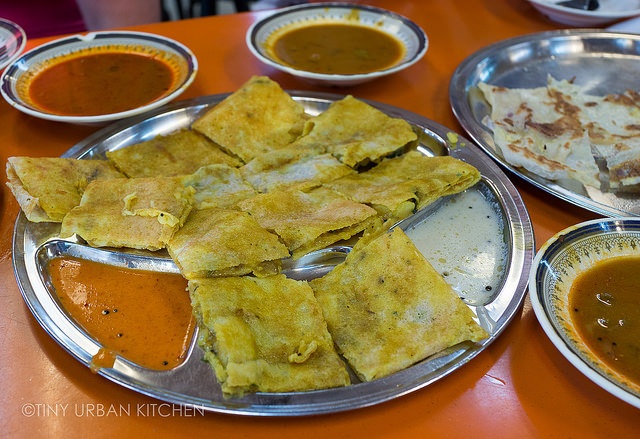
Another rice based style is called Tosai Masala, pictured above, which was softer and had less of a stretchy, gluten-filled texture. I personally loved the Tosai Masala, especially because it was filled with potatoes and other flavorful spices.
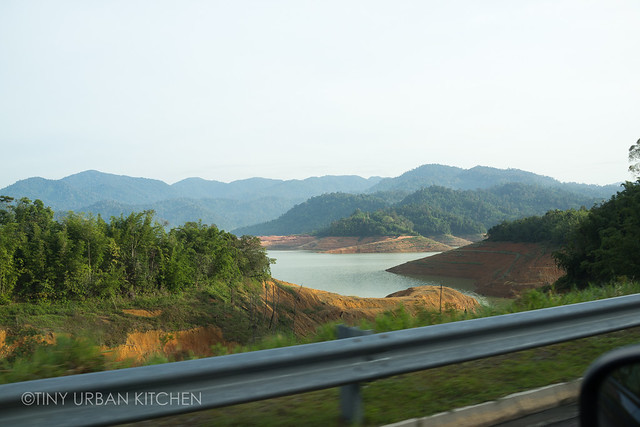
And then we were off!
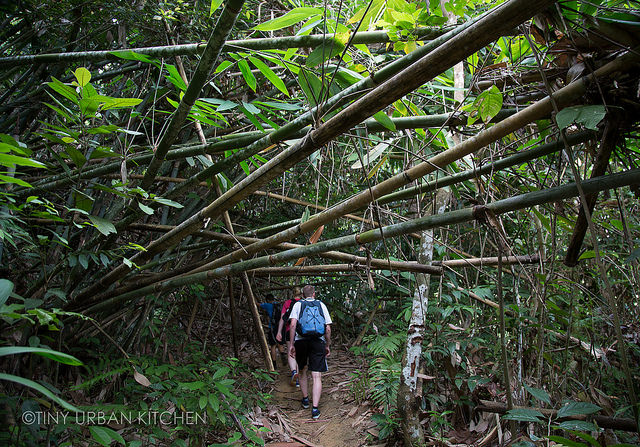
We saw so many interesting, exotic, and unusual things in the forest, there's no way I could cover them all in this post, so I'll just give you a teaser but promise to write a follow up post with more details.

photo credit: Amos from Open Skies Unlimited
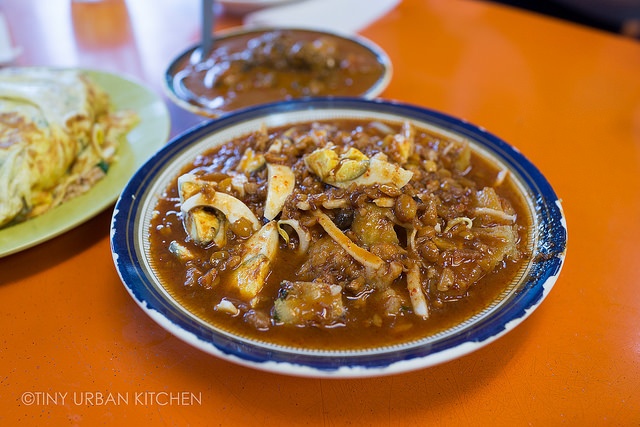
Lunch was even more interesting, with a wider variety of dishes I had never seen nor tried. Pictured above is Rojak, a saucy stir fry that consists of chopped up piece of fried dough, hard boiled eggs, peanuts, and various vegetables. The sauce is sweet. savory, and spicy all at the same time. It was really, really good.
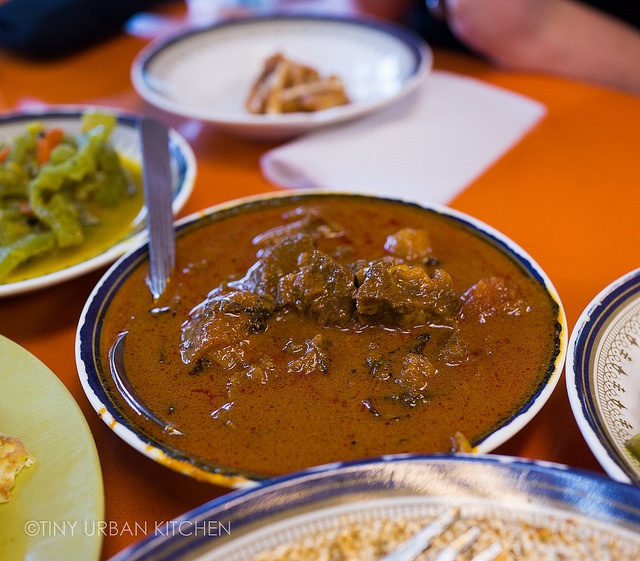
Nasi Kandar refers to a variety of sauce-like sides that you eat with rice, such as the Lamb + Potato one above.
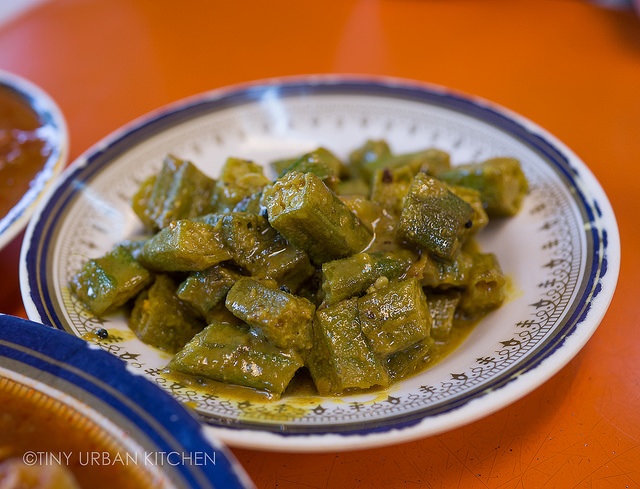
Another nasi kanda, Okra with Curry, was also delicious.
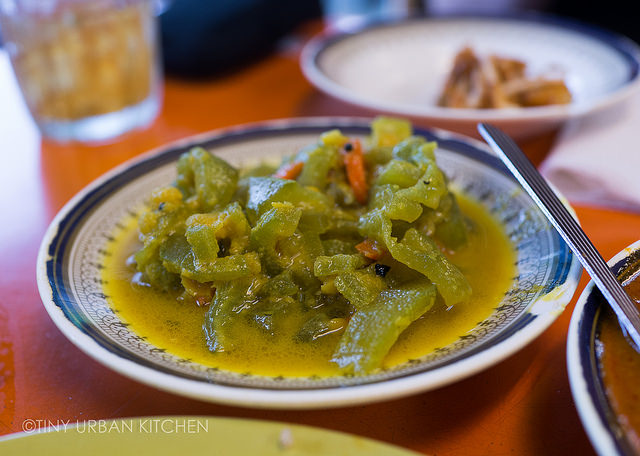
A more unusual one would be bitter melon cooked in a fragrant flavorful sauce.
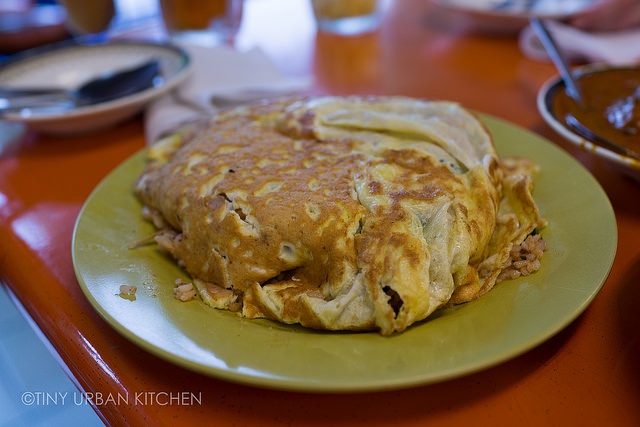
Murtabak is a huge omelette stuffed with fried rice and aromatics, like garlic and scallions.
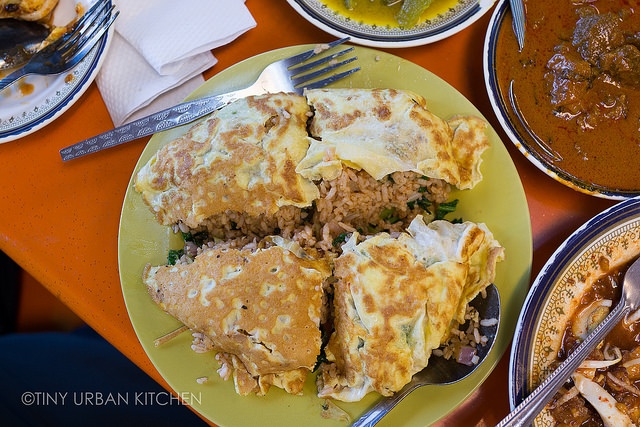
It was comfort food at its best.
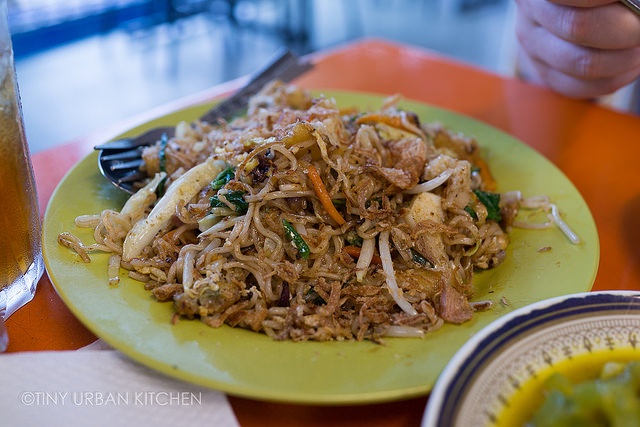
Mie Goreng is essentially ramen stir fried with eggs, Indian fried dough, carrot, scallions, and fried shallots. It's extremely fragrant, just greasy enough, and super satisfying after a long hike.
And then that was the end.
We sat there, stuffed but extremely satisfied.
We had just missed the rain, which was now pouring down in buckets. We could almost feel the drops from our seat in the no-so-protected open air air seating area. We were very thankful for roof over our heads, and we hoped the wind wouldn't get any stronger. As the thunder and lightning rolled in, we remarked how fortunate we were to have just missed it.
To think that just moments ago, we were swimming in the river.
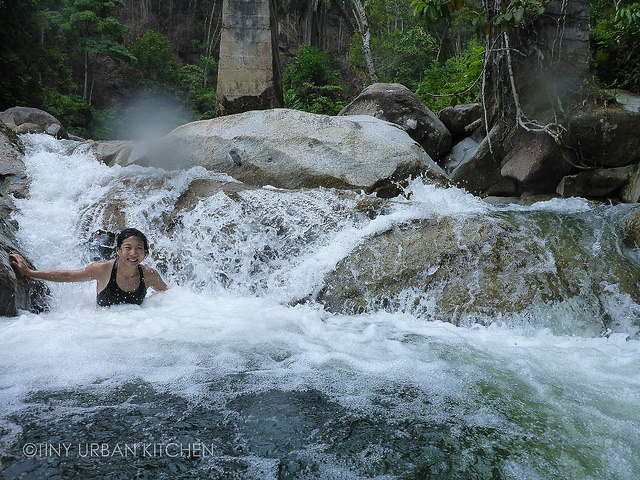
photo credit: Amos from Open Skies Unlimited
I was really sad when the whole day was over. Not only did I have a phenomenal time on the hike, I absolutely loved eating at a mamak and learning about all these local dishes from a local guide. You don't usually expect food to be such a great part of a hiking tour, but this tour surprised me in more ways than one.
Details of the actual hike to come in a future post!
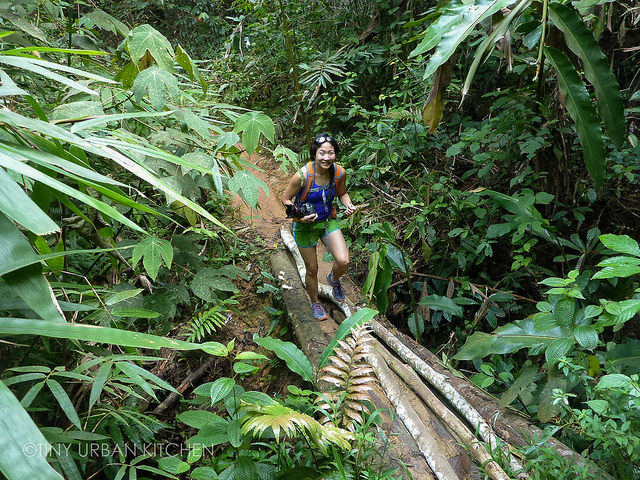
photo credit: Amos from Open Skies Unlimited

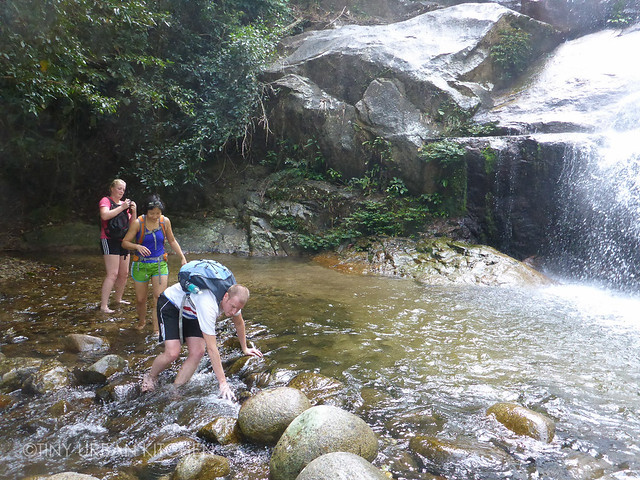
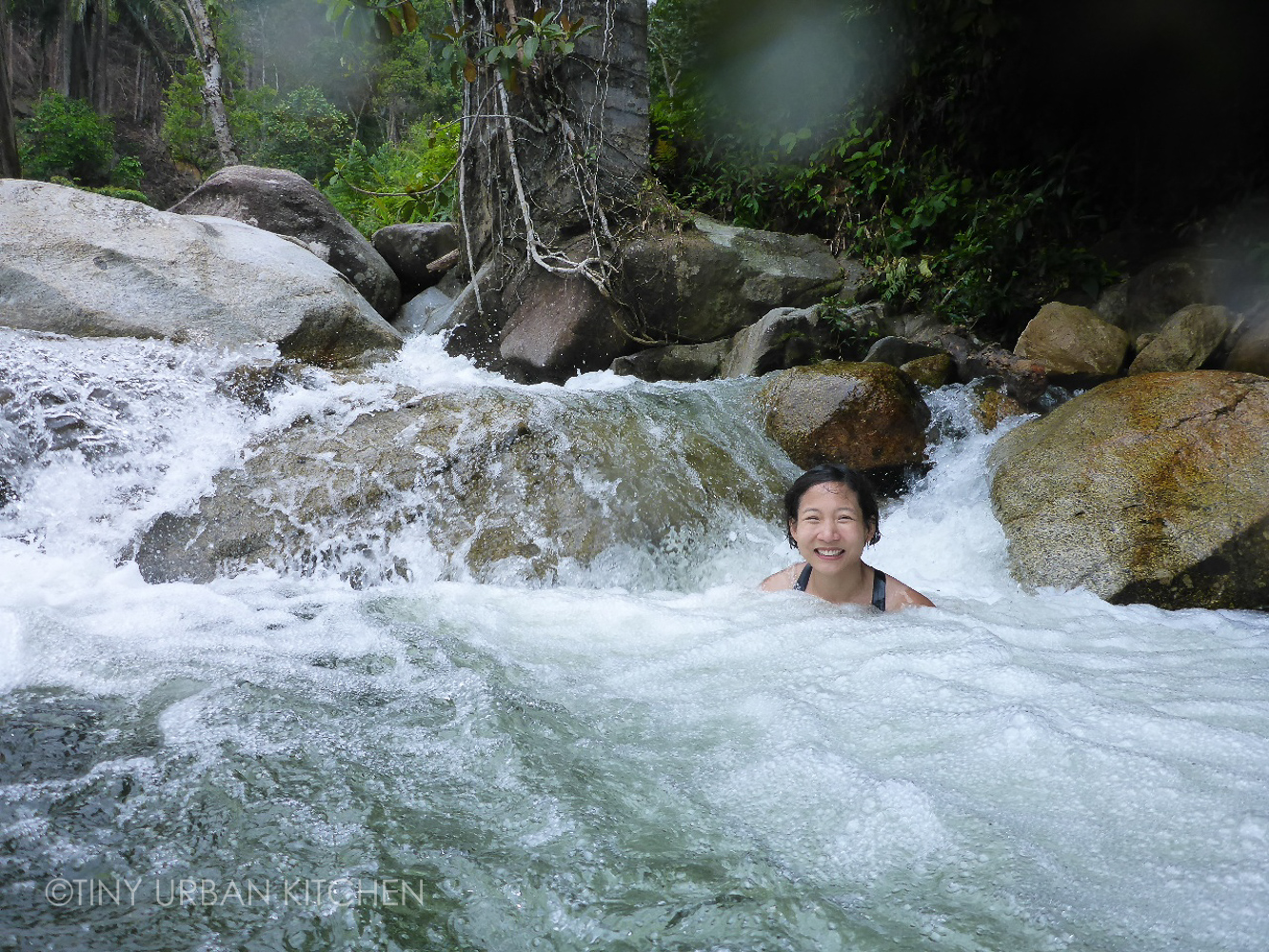
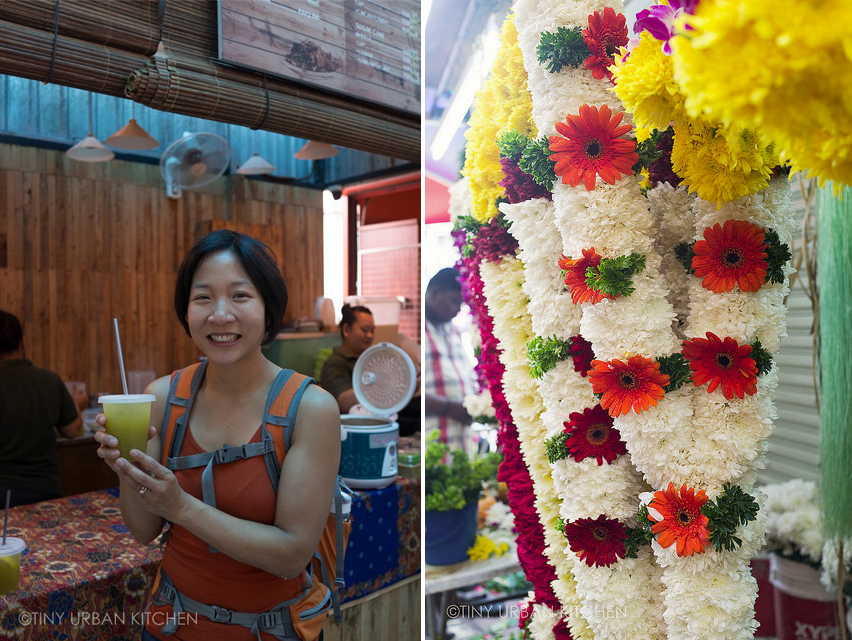
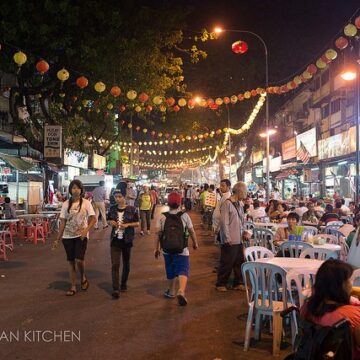
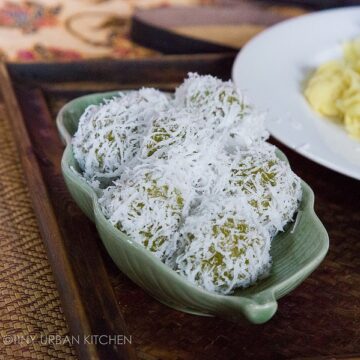
[…] it is Hokkien or South Indian, Malay or Baba-Nyonya, Muslim-Indian or Malacca Portuguese there was one distinct ingredient stewing in the many cultural […]